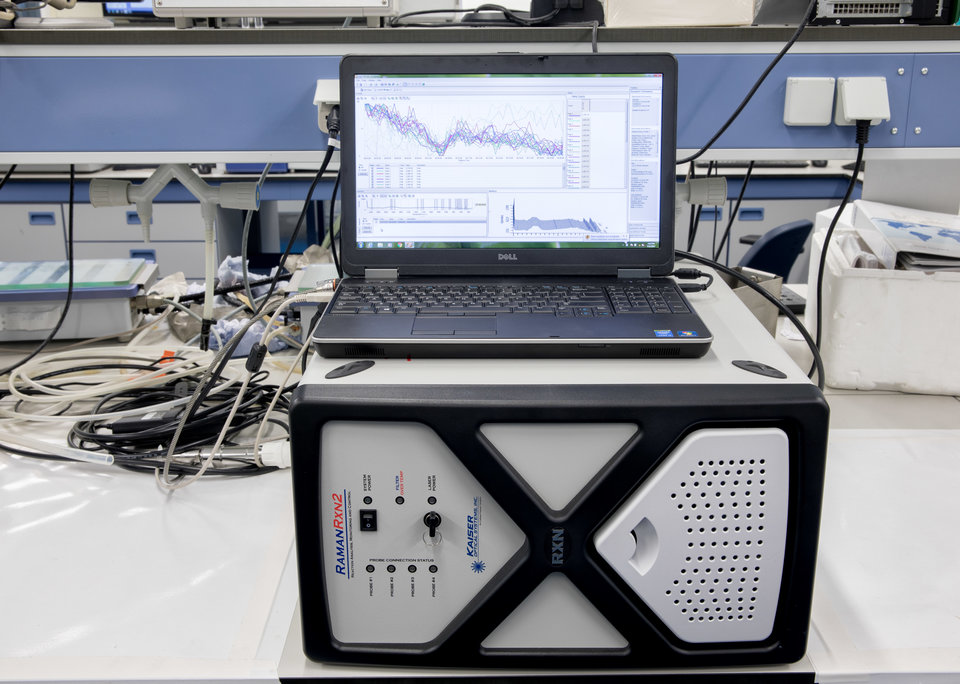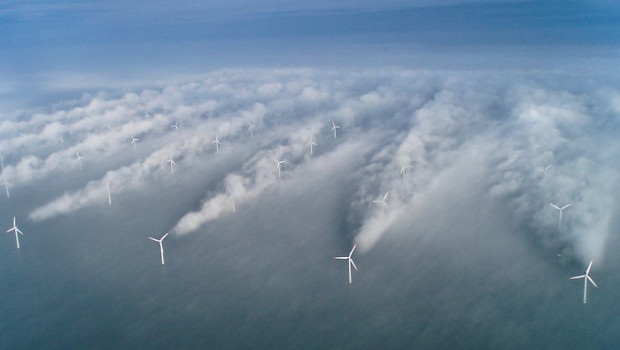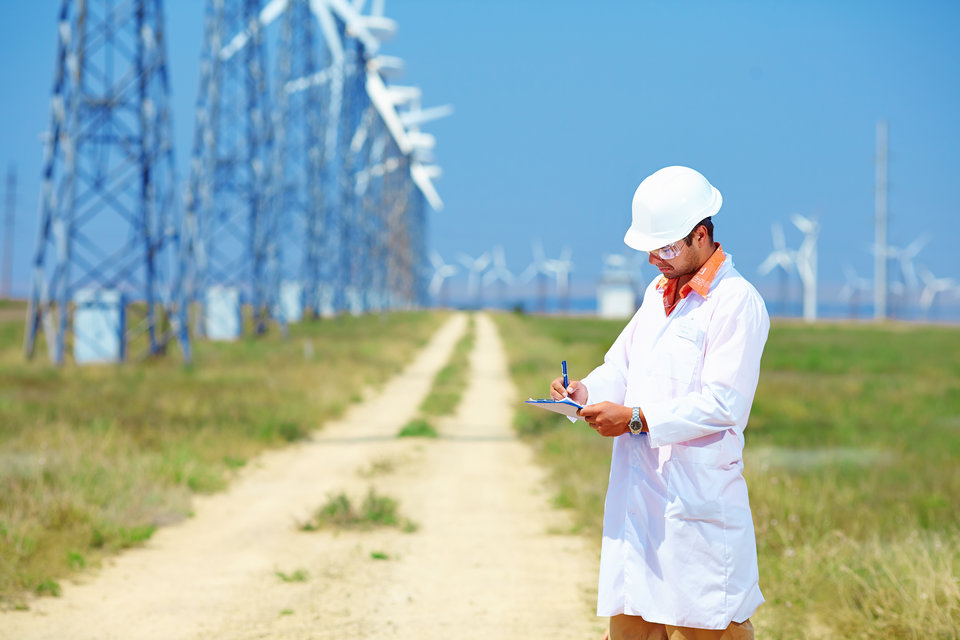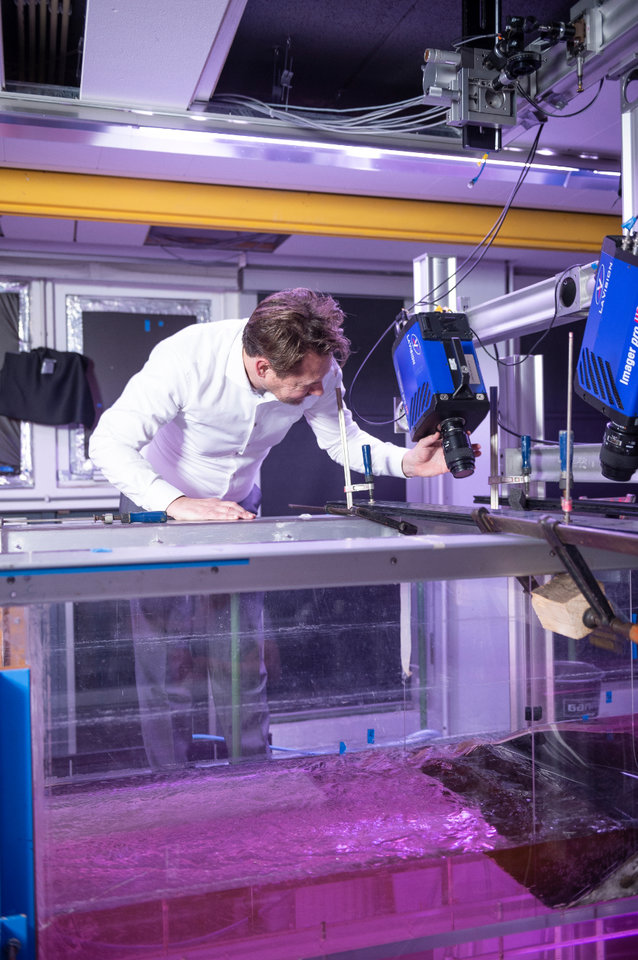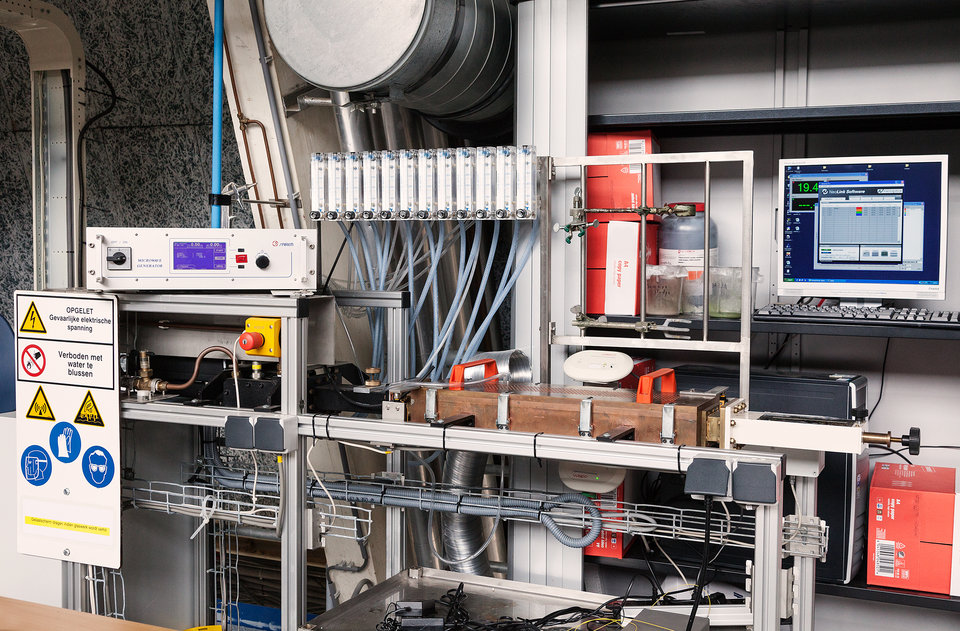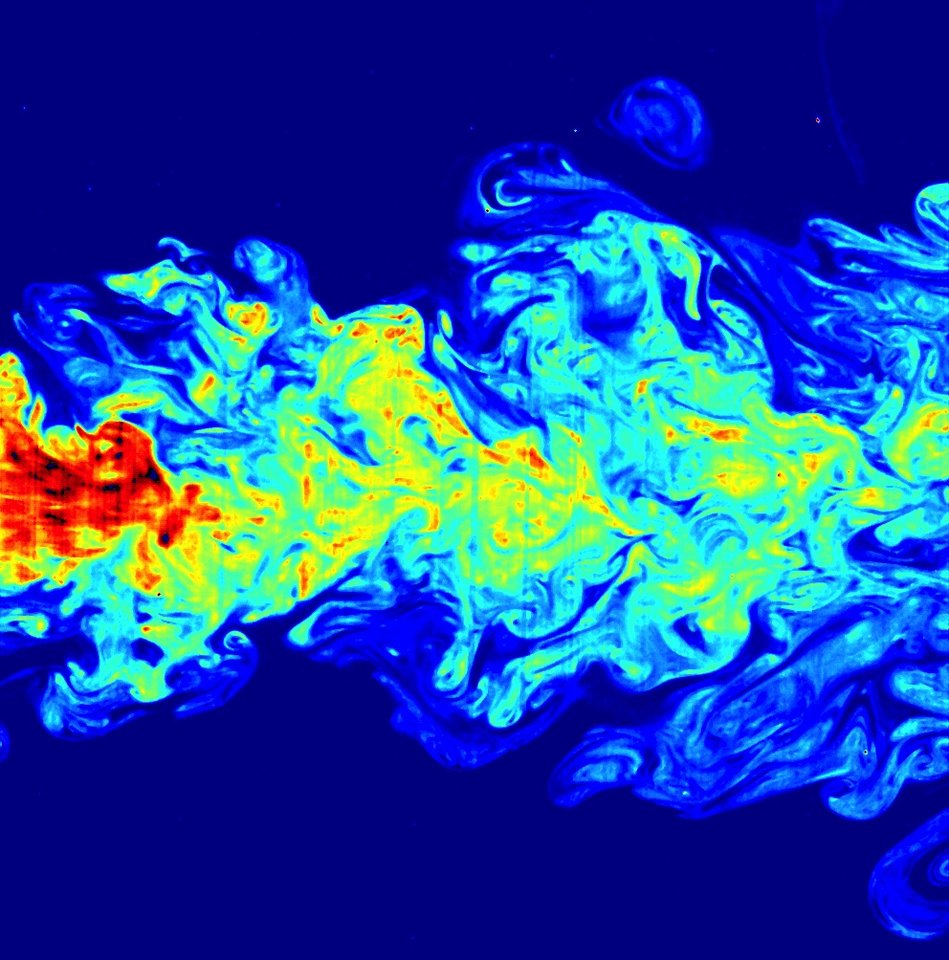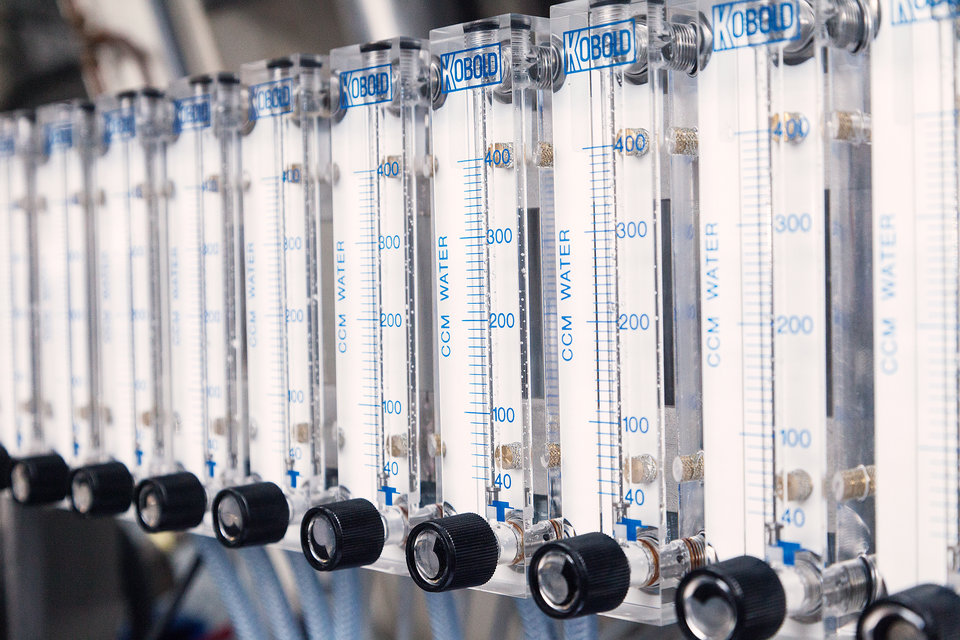The Process & Energy Department aspires to conduct world-class research & education focusing on process & energy technologies for sustainable development. The research is conducted from a deep understanding of the underlying physics and is oriented towards industrial applications and societal needs.
Our research is founded on expertise and interest in the fields of Engineering Thermodynamics, Fluid Mechanics, Separation Technology and Energy Technology. The research is characterised by the interplay between modelling and experimentation, spanning a range of length scales from molecule to plant and product and building on truly unique experimental facilities. The constituent research groups strive for scientific leadership in their area of research and jointly strive for a centre of excellence as a department.
Our mission statement:
World-Class Research & Education Focusing on Process & Energy Technologies for Sustainable Development
Themes
Research conducted at the P&E department
We envision that in the coming decades a transition from a fossil/conventional energy conversion towards entire electrification will take place in our society. Our objective is to develop processes supporting this transition, by making existing processes more efficient and developing novel and hybrid green technologies that use electricity as primary energy source to produce a.o. heavy transportation fuels and bulk chemicals. Our methods are ranging from essential fundamentals (thermodynamics and fluid dynamics) to applied/enabling technology (energy technology/storage, process intensification and multi-phase systems).
Research video examples
Bouncing droplet -- B.Sc. project
This is a high-speed video of the coalescence of a water droplet with a larger body of water. The video was recorded as part of a B.Sc. project.
Cavitation tube
Cavitation in a 'cavitation tube' recorded at 3000 fps. The cavitation tube contains water in a closed tube at near-vacuum. When the tube is hold vertically and moved downwards, cavitation bubbles form due to the reduced hydrostatic pressure. These bubbles collapse. In this video the tube is partially held in water in order to reduce the effects of refraction due to the curved glass outer wall of the closed cylinder.
Cavity and collapse
Cavity creation of a wooden ball with an impact velocity of 2.5 m/s.
Het geheim van de snelwegschutter
This cunning movie was made as part of a Bachelor final project at the P&E Department. The students investigated whether a rear car window could be broken by shooting an ice projectile at it. The ice projectile shatters upon impact in tiny pieces, which quickly melt in the Summer heat, so that no projectile could be found afterwards.
Large-Eddy Simulation of neutral and stable flow entering an urban canopy
Large-Eddy Simulation of neutral (top) and stable (bottom) flow entering an urban canopy consisting of cubes with dimensions h. The roughness density is 0.25. The flow is developing in streamwise direction. The smooth wall turbulent boundary layers of 10h height are generated in...
Propedeuse project: Leidenfrost on a ratchet plate
High speed recording of the Leidenfrost effect on a ratchet plate.
The recording was made during a propedeuse-project by: Ines Beekers, Dennis Krijger, and Rajiv Ajodhia

